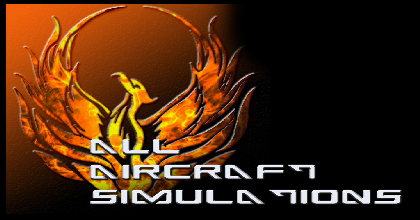Ask a Museum or Historian, sounds like a good idea.
Ahh ... I know it's an old post ... but ... there were VERY FEW steerable nosewheels in WW2 (even the 262's wasn't steerable). The Bell fighters didn't have steerable nosewheels either. If your wondering about how the "torque links" were fixed to the upper part of the leg (cylinder) and the lower -or fork- end (piston), the upper end hinged up and down only and the lower end was attached to a hinge bearing mounted to a swivel bearing on the inside of the top of the fork. These were limited travel castoring nosewheels so the links aren't torque links as such but, rather, castor limiters - I guess - lol. On the P-39 with the link facing aft the fork was given a goofy bent shape to give it the necessary castor, or steering, travel. The P-63's link on the forward part of the gear didn't need this bent fork. Other aircraft that had the non-swiveling, always straight "torque links" (or "link type steering stops) include the P-61 and martin B-26. (The B-26 had a fore AND aft link because the fork was only one sided and it's travel needed to be stopped in both directions.) So, if you're going to show the nosewheel turned, the link should still remain straight and the fork could be turned against it.
good to know, steering nose gears would have made things easier imo
 gives it away.
gives it away. gives it away.
gives it away.